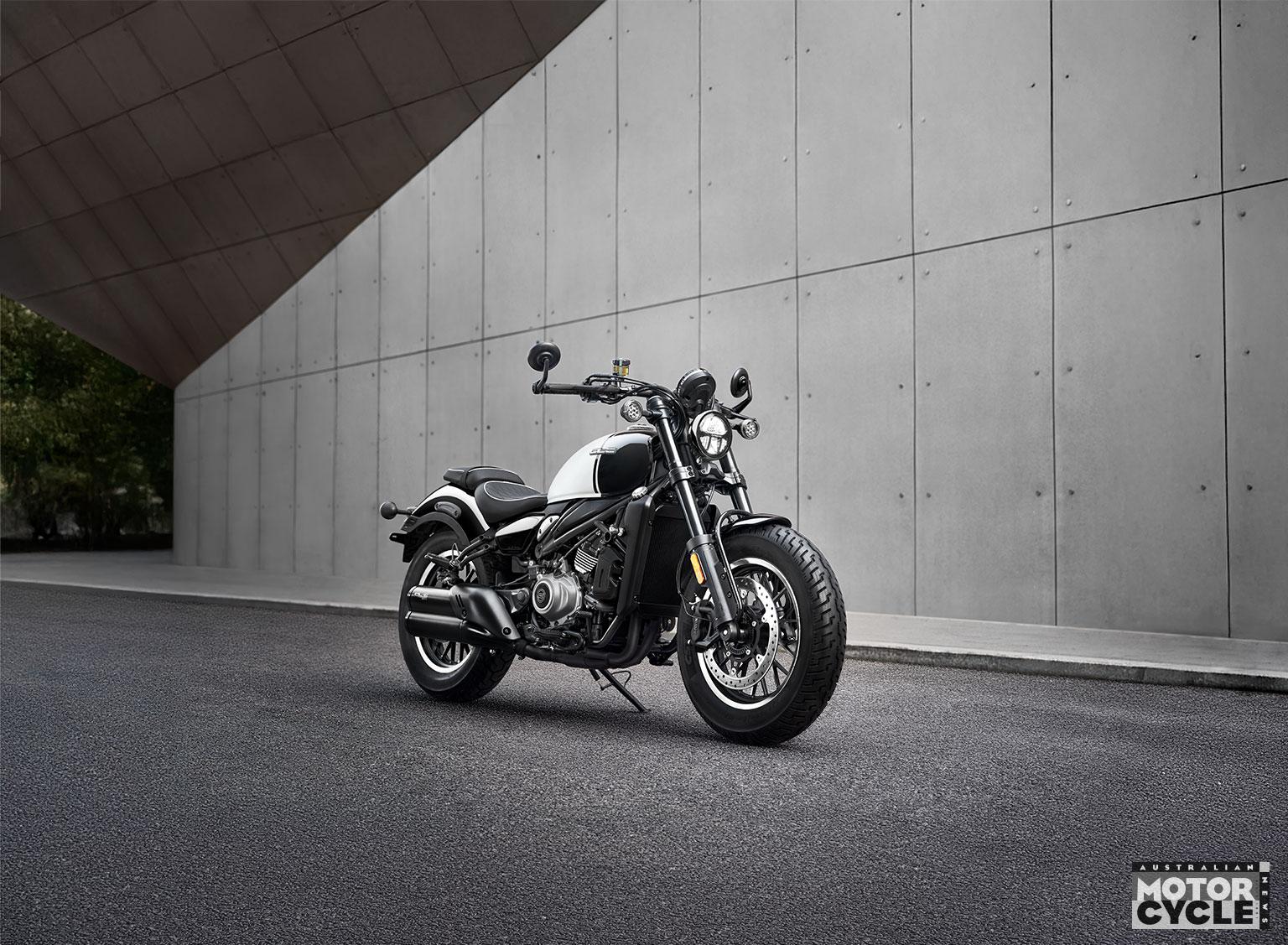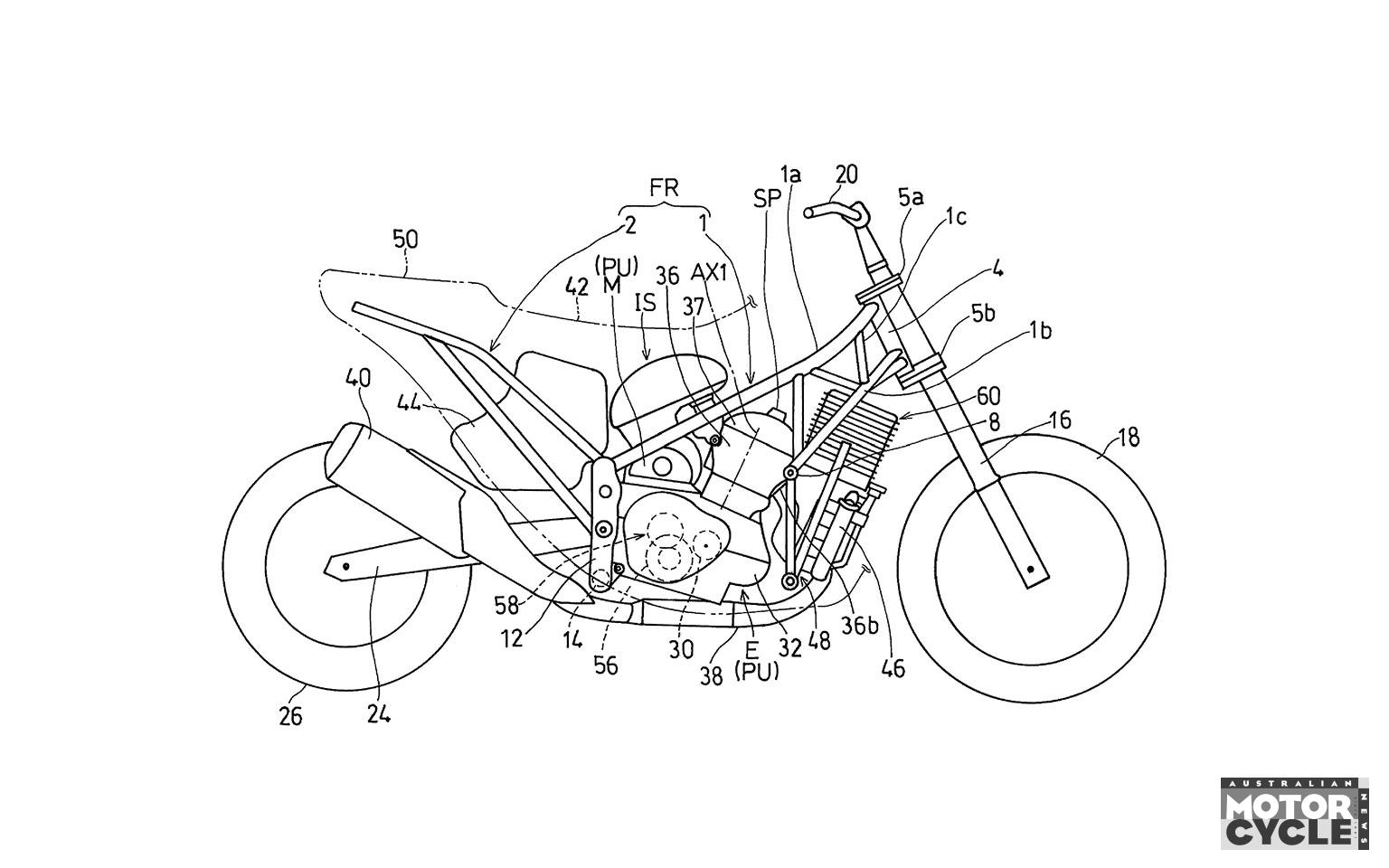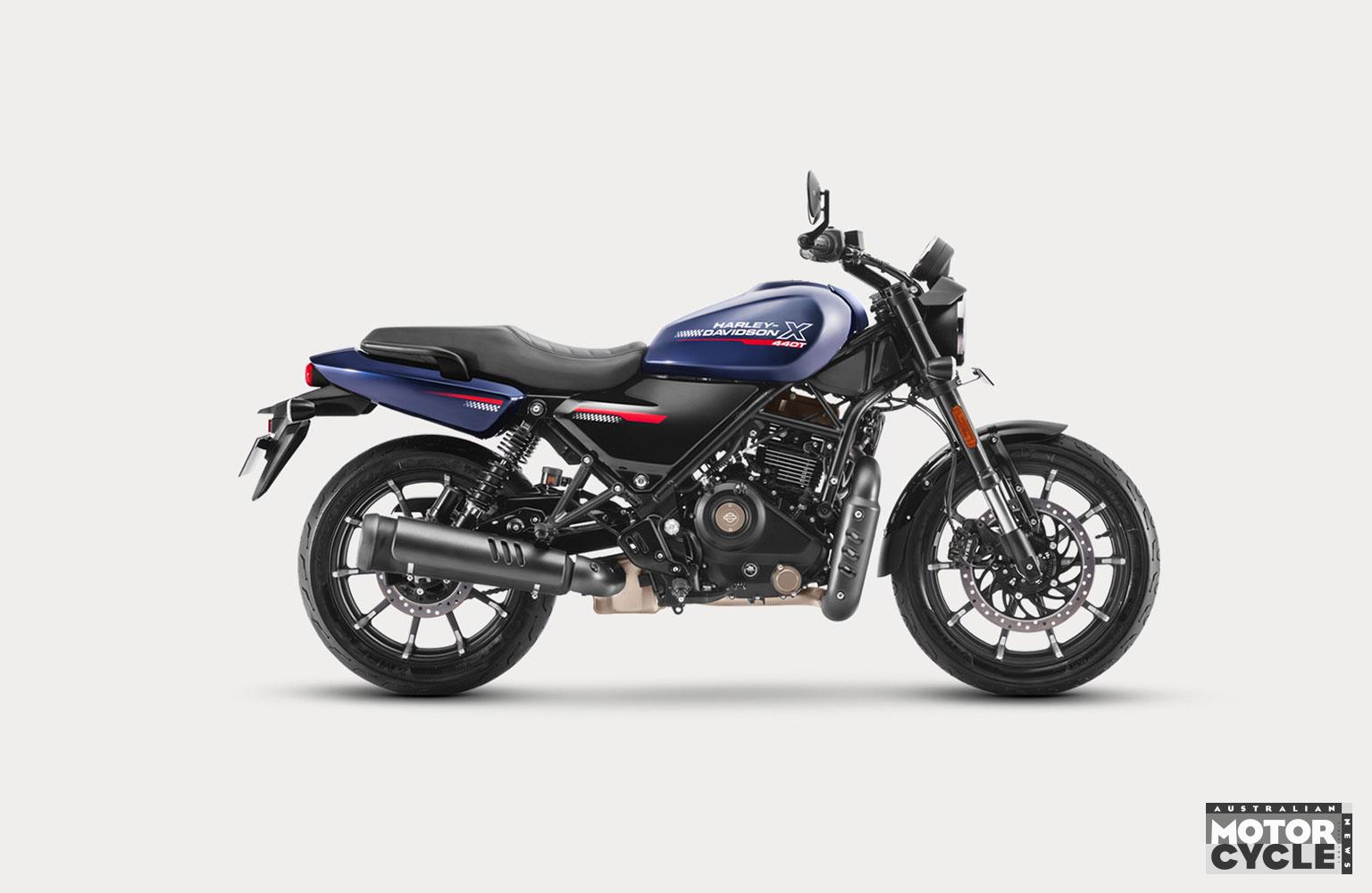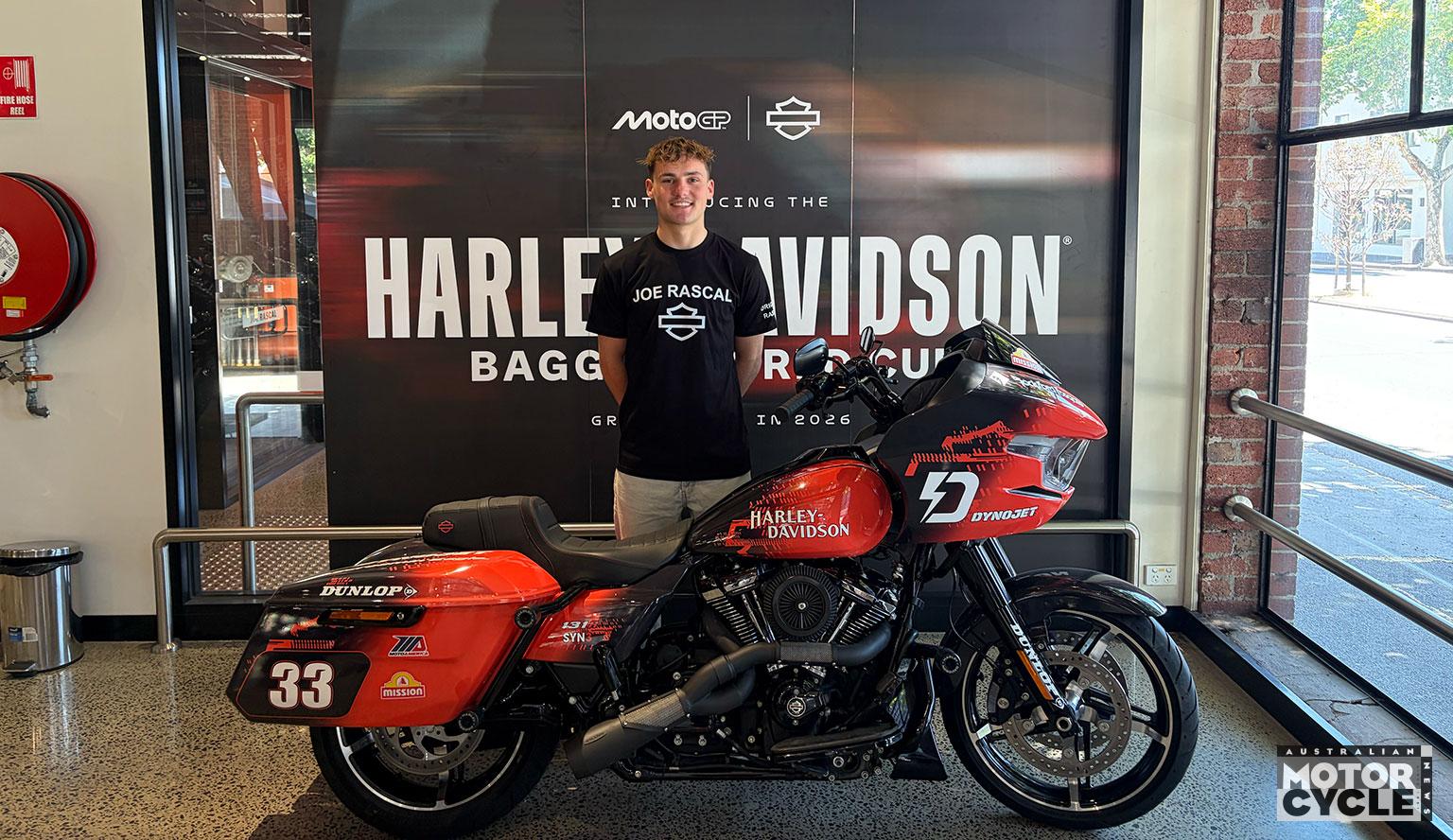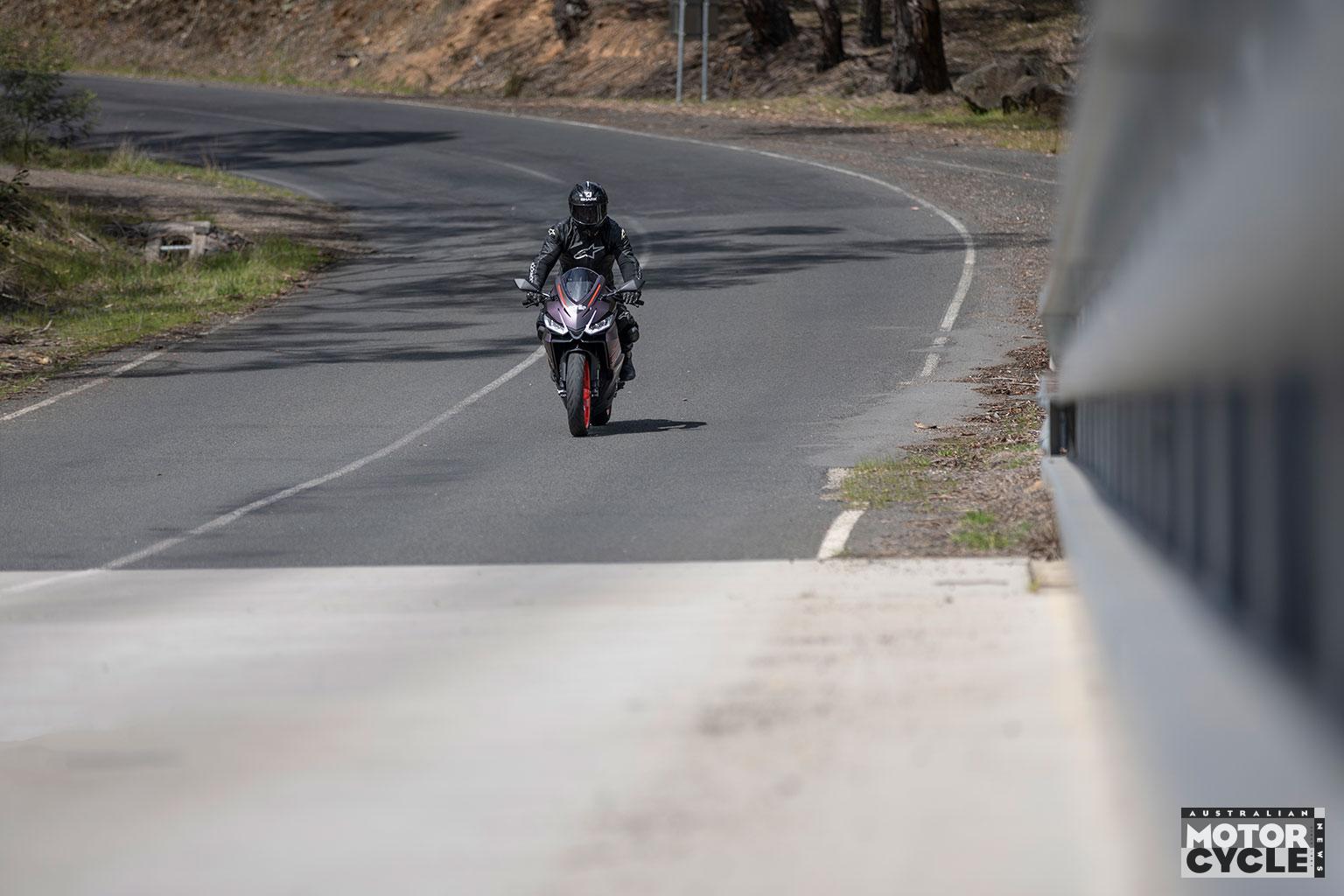It was a no-brainer that a similarly-powered Super Adventure model would follow KTM’s new 1390 Super Duke R – but its headline feature isn’t the 127kW (170hp) V-twin engine but its automated manual transmission.
Even slightly detuned from the 1390 Super Duke R’s unhinged 140kW, the peak output of the new 1390 Super Adventure catapults it to the top of the class, just edging out Ducati’s 125kW Multistrada V4 for the ‘most powerful adventure bike’ title. That would have been enough to garner headlines on its own, but the addition of KTM’s new AMT transmission means that the 1390 Super Adventure S Evo isn’t just about outright performance but also ease of operation. Automatic (or Automated Manual, to use the manufacturer’s preferred term) transmissions are already emerging as a key trend for 2025 and the 1390 Super Adventure S Evo is the most powerful bike to get such a transmission. In recent months we’ve seen the advent of Yamaha’s Y-AMT, initially on the MT-09, and BMW’s ASA semi-autos, each aiming to capitalise on a growing market for self-shifters that’s been thrown into focus by the success of Honda’s DCT system.

KTM’s design takes a slightly different approach, avoiding the complexity of the Yamaha and BMW systems, let alone Honda’s fiendishly clever DCT, by using just one electromechanical actuator to shift the ratios and coupling it to a centrifugal clutch.
The simple, scooter-style centrifugal clutch of the KTM simplifies matters by disengaging when the engine drops to idle and the bike is stationary, and automatically reengaging when you open the throttle, all without using computers. The combination of a rapid actuator that can change cogs in 50 milliseconds, plus the sort of electronics already used for quickshifters to cut power on upshifts or blip the throttle on the way down through the ’box, means there’s no need to disengage the clutch.
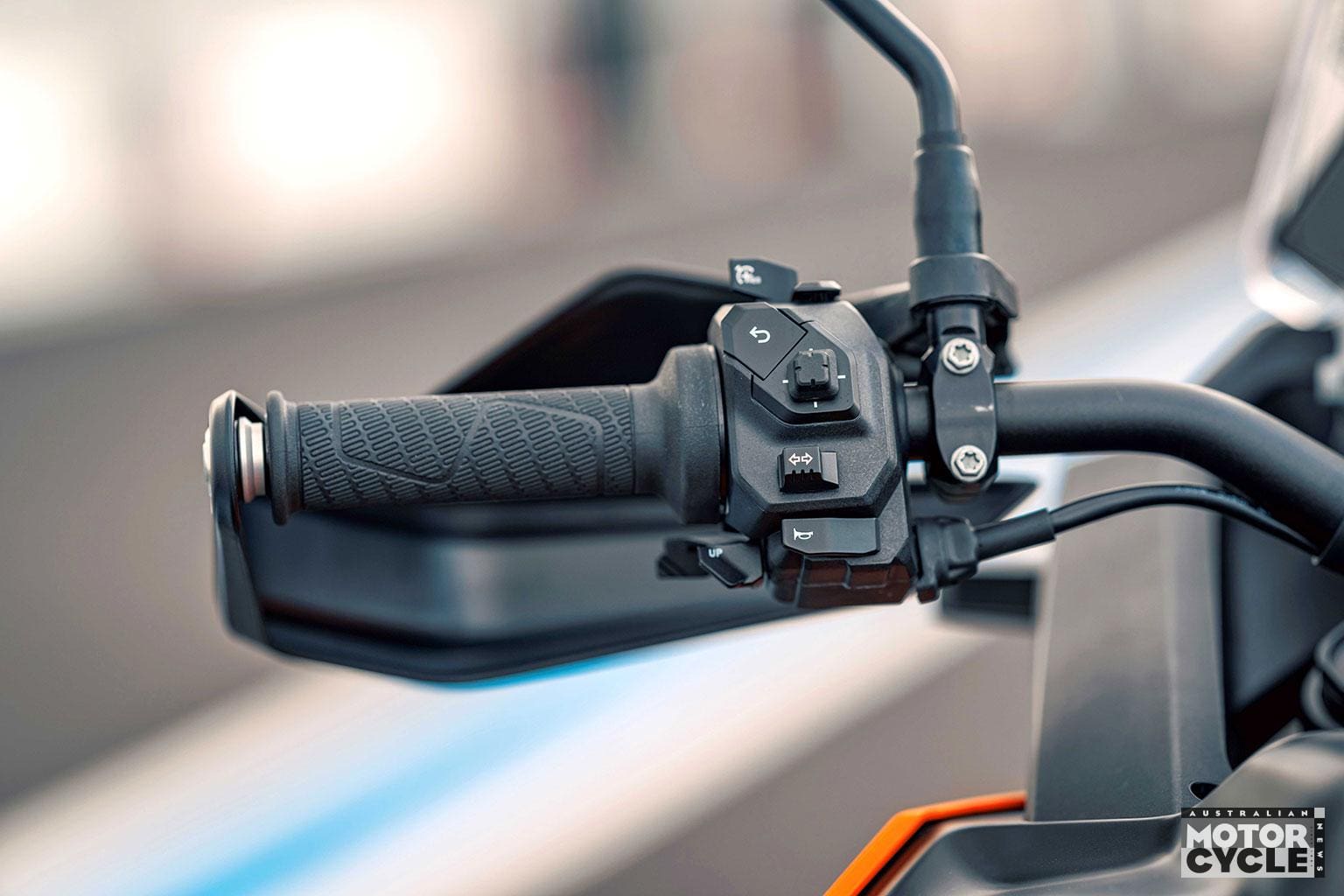
KTM’s system, like its rivals, can be used in manual or automatic modes, with a choice of presets, and unusually there are both bar-mounted and foot-operated shift controls in manual mode, letting riders choose which they prefer or simply mix-and-match as they go.
Other changes to the 1390 Super Adventure S Evo (there’s also a non-Evo version that uses a conventional, manual transmission) include that more powerful engine. It’s up from 1301cc to 1350cc and has KTM’s Camshift variable valve timing and lift system, a sliding-cam design similar to BMW’s ShiftCam.
The bodywork adopts the latest KTM ‘face’ with a perimeter of running lights surrounding a small central headlight, plus new side panels and a new screen.
The suspension is the latest generation of WP’s ‘SAT’ semi-active kit, using thick 48mm forks and new pulse width modulation sensors to improve its ability to react and tweak the damping as conditions require.
But the real party piece with electronics is the third-generation Bosch radar, which works with the AMT gearbox and Brembo brakes, when the adaptive cruise control is operating, to automatically keep the bike in synch with stop-go traffic.
All electronics are operated through KTM’s new ‘V80’ 8.8-inch TFT dash, mounted in portrait orientation and offering an unprecedented number of colours and resolutions. A touchscreen, it ties in with phones for media, calls and full-on navigation.
Expect many of these components, including the ‘1390’ engine, the V80 instruments, the Bosch radar and AMT gearbox, to appear in more models.


